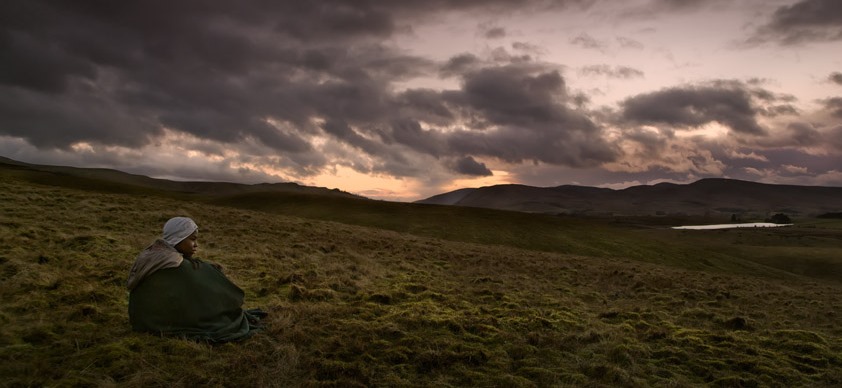
Interview with curator Ugochukwu-Smooth C. Nzewi on Dak’art 2014, the 11th edition of the oldest and biggest African art biennale

Interview with curator Ugochukwu-Smooth C. Nzewi on Dak’art 2014, the 11th edition of the oldest and biggest African art biennale.
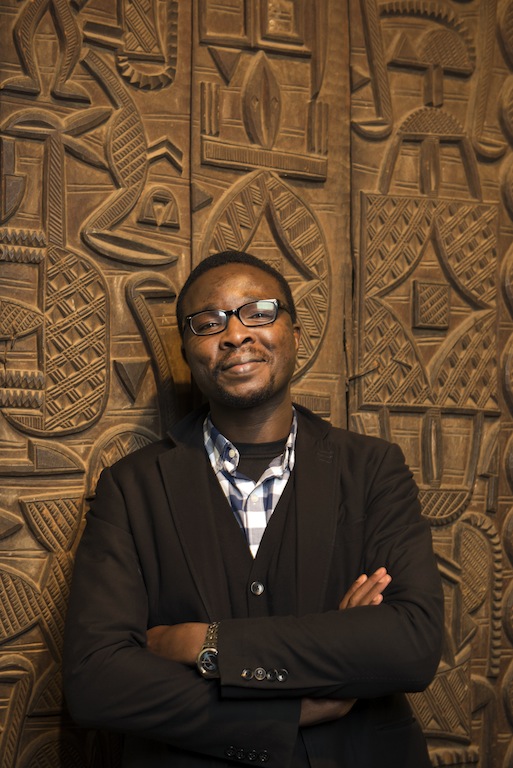
Dak’Art is a product of cultural activism at an institutional level and pursues a cultural politics of visibility
You were first trained as a sculptor, under the influential artist El Anatsui. Later you continued your studies in art history and ended up completing a PhD at Emory University on the Dak’Art Biennale and its influence on the contemporary African art world. You currently work as the first curator of African Art at the Hood Museum. How do these different roles and experiences influence one another? And how do they influence your work as one of the curators of the Biennale?
My complementary interests and expertise provide me with an intellectual grounding, a deep knowledge of the artistic process, and a critical understanding of the ways in which the art world functions. These inform my curatorial approach to Dak’Art.
Being an artist myself, I appreciate the creative space from which an artwork emerges. As an art historian and museum curator, I am interested in the contexts from and for which the art object is made or responding to, which may be social, personal, political, economic, etc. I also seek to make the complex dynamics surrounding the mediation and reception of art events such as the Dak’Art legible and comprehendible to various audiences coming to Dakar in May who may have different levels of understanding and frames of access in engaging an exhibition display.
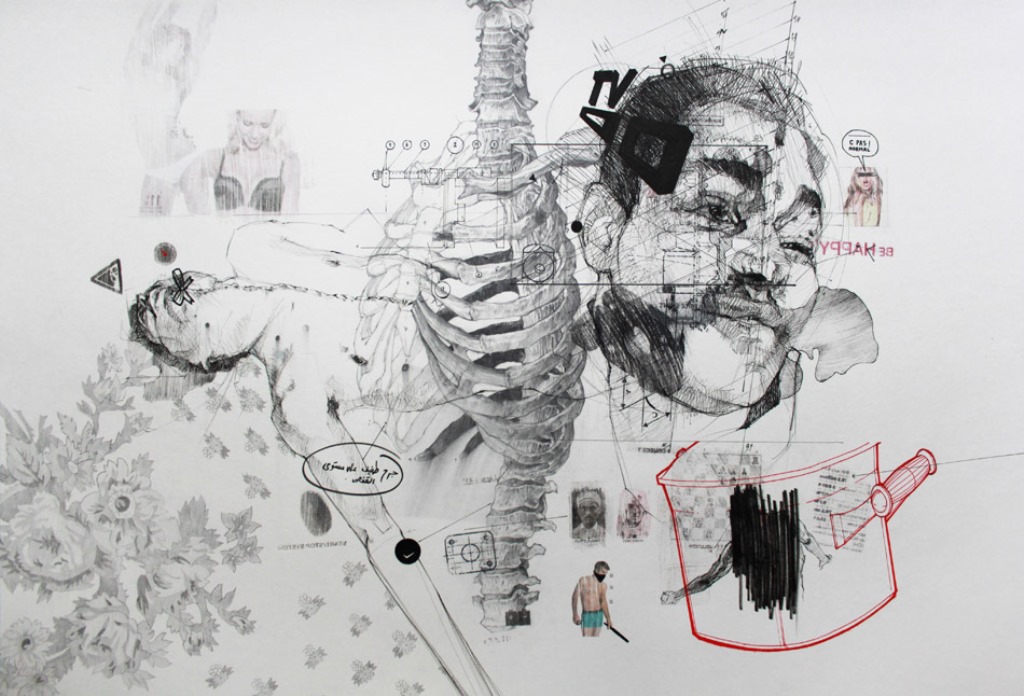
We address the global with an African frame of reference.
In your PhD research on the Dak’Art Biennale, you argue that Dak’Art mobilizes an emerging African art world that takes into account contemporary global art flows, but presents a unique model of international participation, which focuses on Africa and African Diaspora. You also address the problem of the poor reception of African art and the low visibility of African artists on the international art circuit. How will this research and your findings inform your curatorial work for the Biennale?
Having worked on Dak’Art’s history for my doctoral dissertation, it was important to reflect upon the road it has traveled since its creation in 1989, and its goals, which include among others, serving as a platform of visibility for contemporary artists with ties to Africa at the international level.
Speaking for myself, and I guess for my colleagues Elise Atangana and Abdelkader Damani, it was crucial to consider Dak’Art’s unique geopolitics of pan-African representivity without losing sight of the fact that the biennale should be a global exhibition. We assembled a crop of artists — some who are well-established in the international mainstream, others coming through the ranks, and yet others who may begin to enjoy visibility after their exposure at Dak’Art — that allow us to fulfill Dak’Art’s primary mission.
I would not fail to mention that many of the artists have dual and multiple nationalities that tie them to countries in Africa and others elsewhere. They also have a cosmopolitan consciousness as a result of the nomadism that is a crucial aspect of contemporary artistic practice. In that sense, Dak’Art is able to simultaneously retain its pan-African identity and global exhibition status.
With our all-encompassing theme of “Producing the Common,” we address the temporalities of globalization and the challenges that attend our contemporary world, yet locating our interrogations and conclusions within Dak’Art’s unique history and from an African perspective. In other words, we address the global with an African frame of reference.
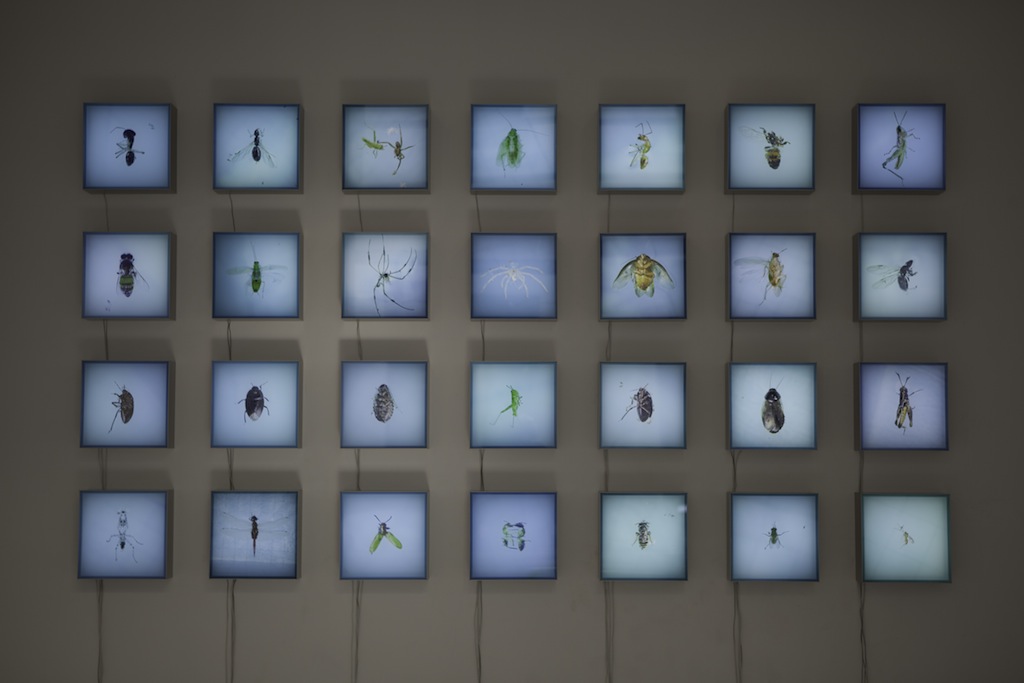
You will focus for the Biennale on South Saharan artists (the other two curators, Elise Atangana and Abdelkader Damani, will focus on Diaspora artists and North African artists respectively). What will be your starting point for this? It is a large area with many different influences and traditions. Do you already have an idea, theme or concept for your selection of artists? What will be your approach in other words?
My colleagues and I decided to blur the boundaries of our individual appointments by working collectively in our choice of artists and in articulating our curatorial concept. Our theme speaks to the idea of collective agency and it would have been counter-intuitive and a big shame if we worked separately.
“Producing the Common” as the theme of Dak’Art 2014 allows the curators, artists, and the public to actively reflect upon the values of the common as shared aspirations, fears, hopes, pains, and quotidian struggles without negating the immanence of aesthetics which give form and specificity to art. We hope that this theme will be apparent in the exhibition displays and in the general reception of the biennale in May.
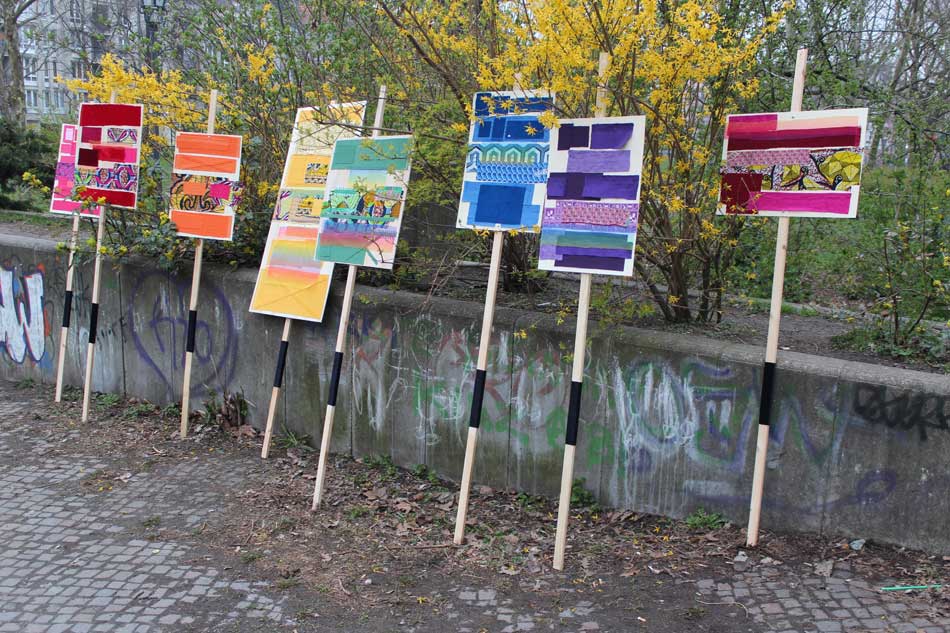
I read somewhere that you consider yourself a cultural activist. How will that come about in your curatorial work for the Biennale?
My background as a cultural activist, something I used in the past to describe my creative practice, has no bearing on my curatorial strategies for Dak’Art. Yet Dak’Art is a product of cultural activism at an institutional level and continues to pursue a cultural politics of visibility as I have already outlined. My curatorial approach for Dak’Art acknowledges this cultural politics.
What are the most important developments in the African art world today? It is a horribly generalizing question. But maybe there are tendencies you can tease or trends that cross national boundaries?
It is like asking what the important developments in the European art world are, and I am sure you do not have answers. If we believe that our world is globalized and that we are dealing with the same art market, network of institutions and art events, among others, I do not see any reason to single out Africa. Artists everywhere respond to their environment in relation to other locales. They deal with the same neoliberal principles that govern our contemporary material conditions and which shape the art world at localized and internationalized levels.
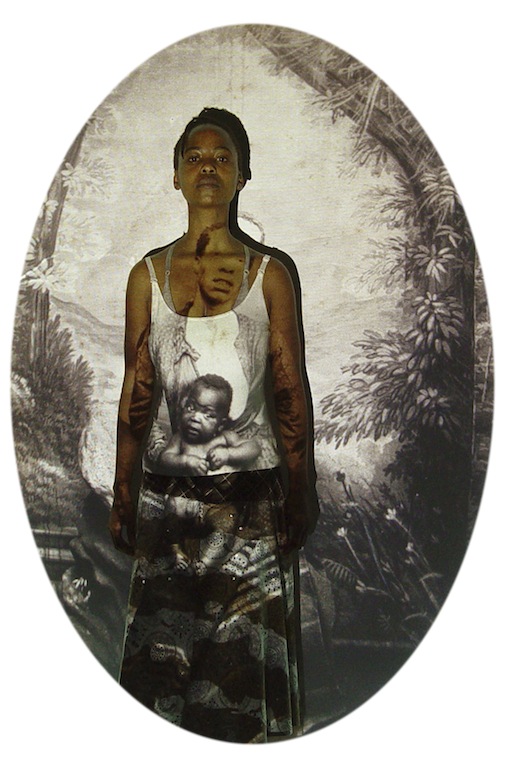
DAK’ART 2014
11ème Biennale de l’Art Africain Contemporain
May 9 till June 8, 2014
Different venues
Coming days metropolism.com presents several items on Art in Africa in the first Africa Week – edited by Svea Jürgenson, Maaike Lauwaert and Domeniek Ruyters
Maaike Lauwaert


